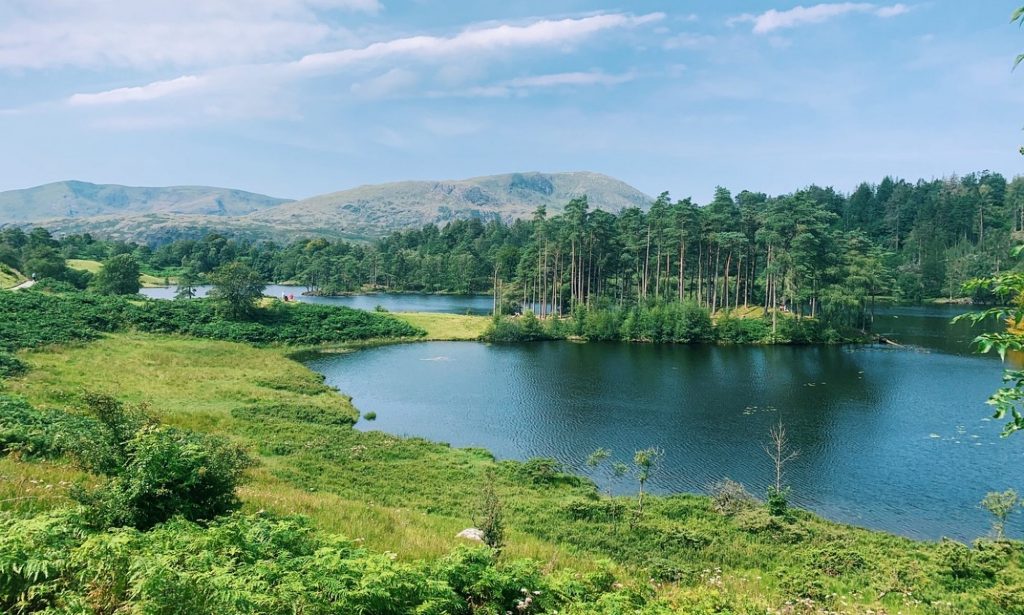Obstacles In Securing A Testing Venue
At present, the largest challenge facing my project is in securing venues in which I can test the ideas I have developed so far in my project, through my work with biophilic and biomimetic experts, hospitality professionals and customers. Throughout my project I have worked with hospitality professionals to gather knowledge and develop ideas and these individuals have been very helpful in answering questions I have and adding to the development of more beneficial concepts. However, none of these contacts that I have made in the hospitality industry have been able to provide a space in which I can test my ideas as of yet.
Therefore, I have continually spent time contacting other hospitality businesses that serve food and drink in the hope I may find a space that is interested in my work and happy to allow me to test my ideas, in whatever scale they will allow. This endeavour took a back seat over the last week due to my illness, but its is a venture I am looking to put at the forefront of my work over the next week, as it is my most pressing obstacle to overcome.
I had a beneficial chance encounter at a pop-up restaurant the other week, called JOY in Notting Hill, which is focused upon sustainability and incorporates vast natural planting in their outdoor terrace. Whilst at the restaurant I met the manager of the pop-up and briefly presented him with my ideas for my project. The manager was very interested in my project and gave me his contact details, which was very promising and exciting as they are moving pop-up sites in July and so this may provide a brilliant opportunity to test ideas in a fresh site for them. I have since emailed the manager and had no further response, but I will attempt to contact him again once we get into July and I see they have moved to their new site.
Other Ways Of Testing
As a result of the issues I am facing in gaining a testing venue, I have begun to try and think of other ways to test my ideas.
Dinner Party:
Initially I have considered testing on a smaller scale in the form of a dinner party. The dinner party would involve presenting a certain cuisine such as seafood to lets say 6 people and projecting visuals of ocean seascapes along with accompanying sounds and candles of seaside smells. Then I would test how the individuals connection in nature changed from the survey at the start, during and end of the meal. The measure of connection may be conducted using simple self report questions, possibly utilising emoticons to demonstrate emotional states, as this is an easier way for participants to record their connection rate then the complex and lengthy connection to nature academic measures, such as the Inclusion fo Nature in Self. There is also academic rigour in simple emoticon self report measures, such as those utilised in airports which I discovered from Kristina Libby’s input in my panel discussion. Additionally, I further researched the validity of this measure through the works of Lassen et al. (2020) to discover its success.
However, testing in the setting of a dinner party like this isn’t very conducive to a real world experience. The participants would most likely be fiends of mine which would limit their objectivity on the project, as well as there being a very small sample size possible in a dinner party setting if I were to host it in my flat. Therefore, testing in a dinner party setting like this is as a last resort at present.
Restaurants and Cafes of Museums and Art Spaces:
In attempting to explain how I would display the visuals and create an immersive experience through my idea of incorporating biophilic design with technology; I found myself referring back to the recent surge in immersive art exhibits that I have seen popping up around London as examples of a similar experience that I wish to create in a hospitality setting. So, when I utilised the same method of explanation when talking to Richard recently, accompanied with my ongoing struggle of gaining a testing venue. Richard pointed out that if these art spaces already host similar technology to that I wish to utilise in my project and most art spaces have some kind of hospitality space which serves food and drink; why don’t I attempt to test my ideas in these spaces?
For me this was a big breakthrough moment and simply an angle I had completely overlooked. Consequently, my next task is to uncover suitable spaces hosting such immersive art exhibitions and that have hospitality facilities; and to them approach them to ask if it would be possible to test my ideas with them. I am in the process of curating a list of venues that fit these criteria, which I will explore in greater depth in my blog over the coming days. My plan is to not only email and call these venues, but to actually visits some of the immersive experiences myself over the coming days to hopefully be able to meet the people running the venue and form a personal bond with them. I also wish to gain inspiration from these immersive experiences for my project and to push to boundaries of what may be possible in the realm of technobiophilia.
Reflection:
Art spaces may prove very beneficial in testing the technology side of my concepts, but I am still keen to consider the more physical ideas I have around biophilic design and how they can be utilised to create dynamic spaces. Therefore, I will continue my quest in contacting hospitality venues to test in, as well as the art spaces which also host hospitality settings.
Bibliography
Lassen, N., Goia, F., Schiavon, S. and Pantelic, J., (2020) “Field investigations of a smiley-face polling station for recording occupant satisfaction with indoor climate.” Building and Environment, 185, p.107266.

